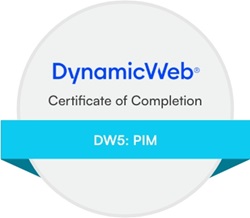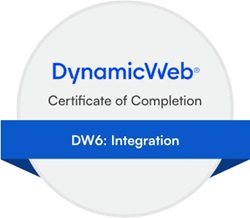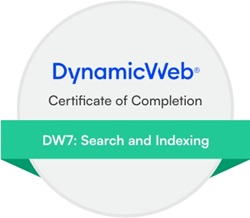Hi DW
We have a client running the BC Plug-In unit version 1.2.0.26 with BC20 in cloud.
We have tried to switch the authentication from basic to OAuth2.0 and have succesfully gained an access token. But when trying to test the endpoints that works with basic auth with OAuth2.0 auth, we're getting this error:
The remote server returned an error: (500) Internal Server Error. Response: Service "{CompanyName}/Codeunit/DWWebService" was not found!
Request:
- URL: https://api.businesscentral.dynamics.com/v2.0/{TenantId}/{SandboxName}/WS/{CompanyName}/Codeunit/DWWebService
- Ecom data: <GetEcomData><tables><Units type="all" setLanguage="ENU" languages="DAN, DEU, FRA" /></tables></GetEcomData>
Any idea what could be the issue here?
BR Chris Søgaard













